HISTORY
A rich but turbulent history
From the formidable structures built by Charles IV to the remnants of World War II and the communist era, there are lots of must-see historic sites in Czechia.
By far the most influential person in Czech history was Charles IV, who was born in Prague in 1316 as the son of Princess Elizabeth of Bohemia, and John of Luxembourg, King of Bohemia. The ‘father of the homeland’, as he is commonly known in Czechia, breathed life into projects that today place Czech towns among the most distinctive cultural metropolises in the world. He established Central Europe’s first university in Prague and together with the St. Vitus Cathedral and the Charles Bridge, these are the most renowned witnesses of the impressive deeds of this monarch. Under his reign, Prague became a political centre and a seat of education.
The 20th century was a troubled one for Czechia (or Czechoslovakia as it was formerly called). The German occupation during the second world war left some serious scars. The memorial sites of Terezín and Lidice are moving witnesses of the horrors of the nazi regime.
From the Communist coup d’état in February 1948 to the Velvet Revolution in 1989, Czechoslovakia was ruled by the Communist Party and belonged to the so-called Eastern Bloc. There are some excellent museums about this grey era and in Prague you can even visit a nuclear bunker underneath the city.
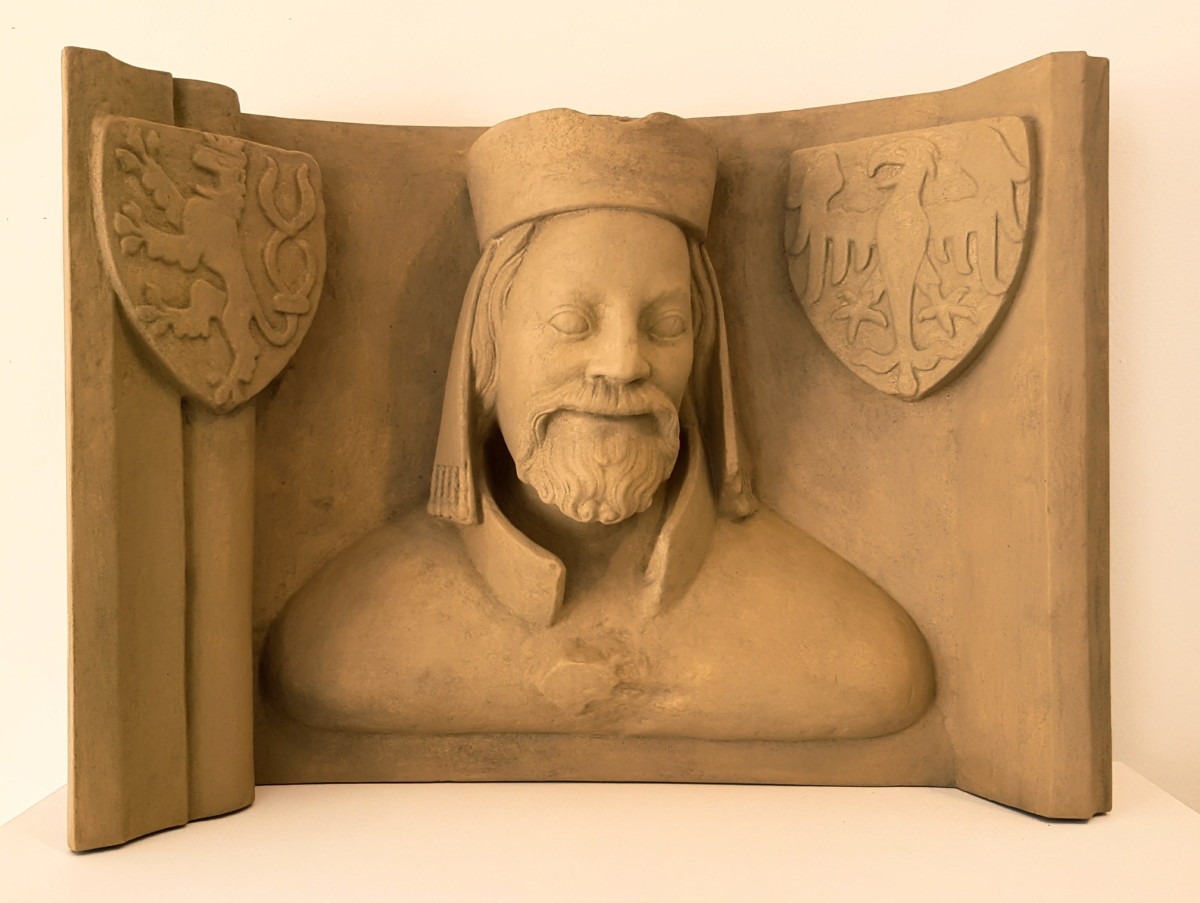
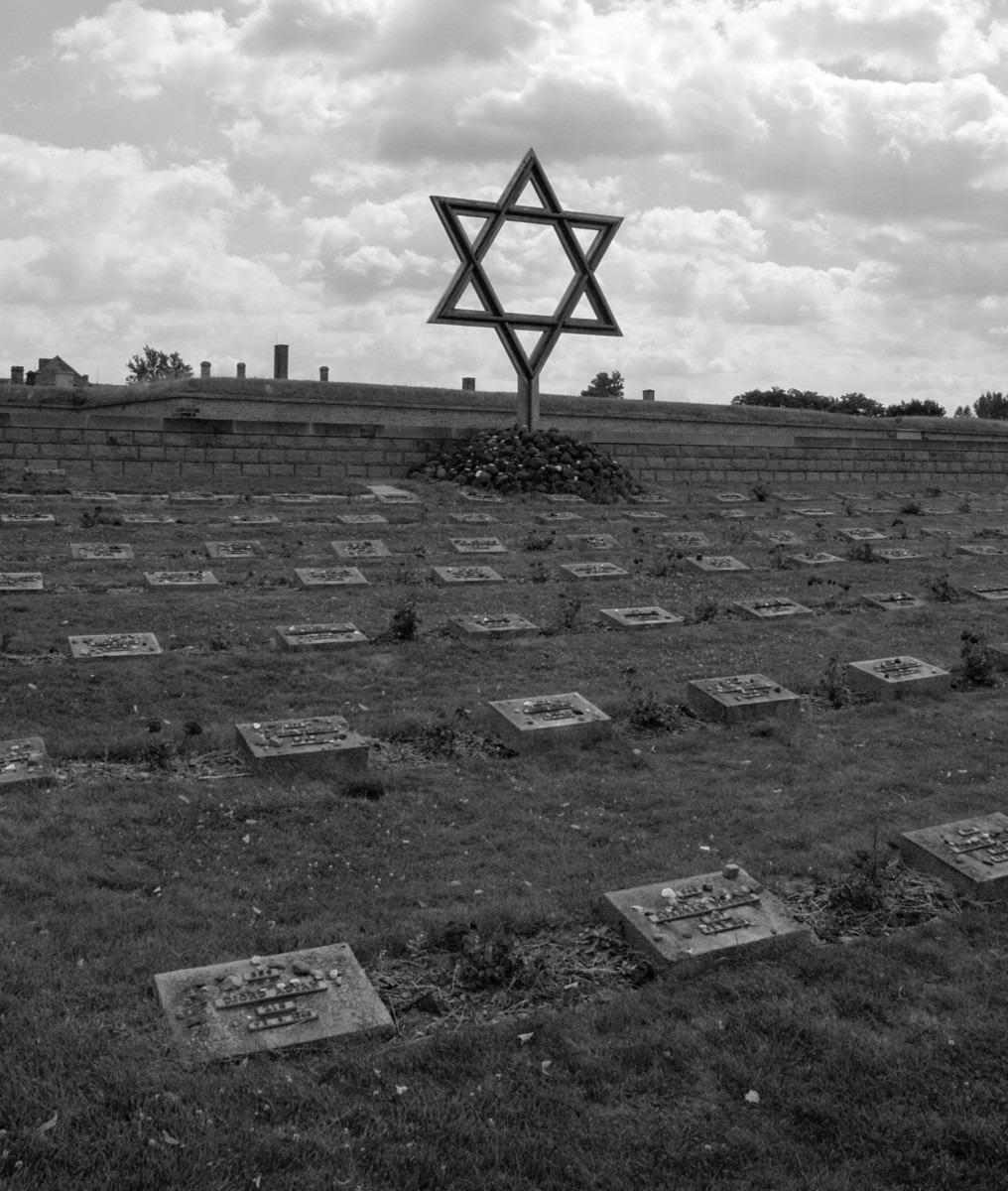

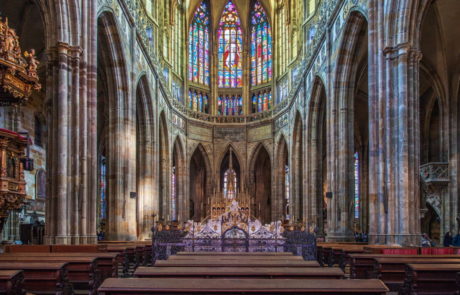
Important historic sites in Czechia
- Prague nové město (Charles IV)
- Charles Bridge Prague (Charles IV)
- Karlštejn castle (Charles IV)
- Karlovy Vary (Charles IV)
- Česky Krumlov (Charles IV)
- Kašperk castle (Charles IV)
- Terezín memorial site (WW2)
- Lidice memorial site (WW2)
- Border fortifications (WW2)
- Museum of communism Prague (Eastern Bloc)
- Nuclear bunker Prague (Eastern Bloc)
- Iron curtain museum Rozvadov (Eastern Bloc)
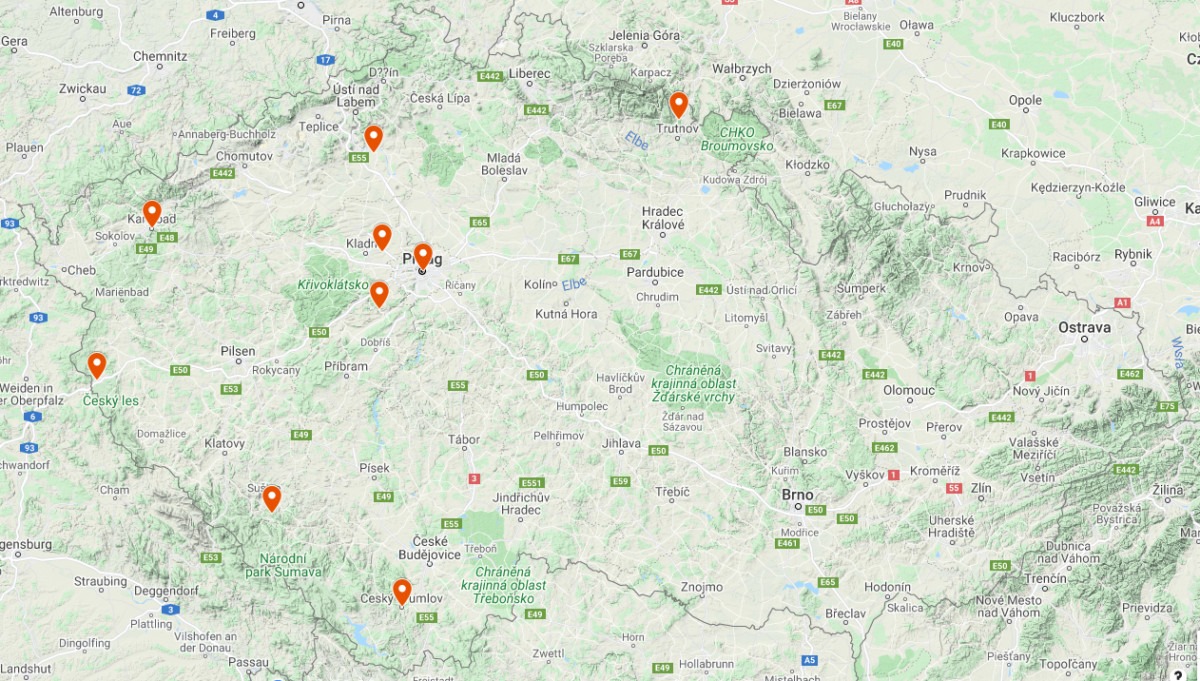
A living museum
The influence of Charles IV extends much further than Prague. Adding to the natural defense of the mountain areas around Bohemia, Charles IV ordered the construction or expansion of the castles of Bezděz, Trotsky, Loket, Křivoklát and Hazmburk.
On the Moravian side of Czechia, the towns of Třebíč, Opava, Olomouc and Znojmo all have affiliations with Charles IV.
In the 14th century the town of Kutná Hora, located close to Prague, was the main source of finances for the magnificent constructions of the Charles IV. The local silver mine and coin minting were the basic foundations of royal power in Bohemia. Nowadays, Kutná Hora is listed on the UNESCO World Heritage list thanks to the magnificent Church of St. Barbara.
Did you know?
Formed in the late ninth century, the Czech state was originally known as the Duchy of Bohemia under the Great Moravian Empire. It was formally recognized as part of the massive Holy Roman Empire in 1004 and became the Kingdom of Bohemia in 1198. As the kingdom of Bohemia, it reached its zenith of wealth and power during the reign of Charles IV. The ‘father of the homeland’ is buried at the St. Vitrus Cathedral at Prague Castle, which is also the home of the Czech crown jewels and the burial place of other Czech kings.
The Jewish population of Bohemia and Moravia was virtually annihilated during the Holocaust by the Nazis. The population went from 118.000 in to a mere 18.000 at the end of the war in 1945. The Old Jewish Cemetery in Prague is an impressive monument to the victims of the Holocaust and includes five synagogues in its complex.
During the 1989 Velvet Revolution the communist regime collapsed in Czechoslovakia and in June of 1993, the country was peacefully dissolved into two independent states: the Czech Republic and Slovakia.
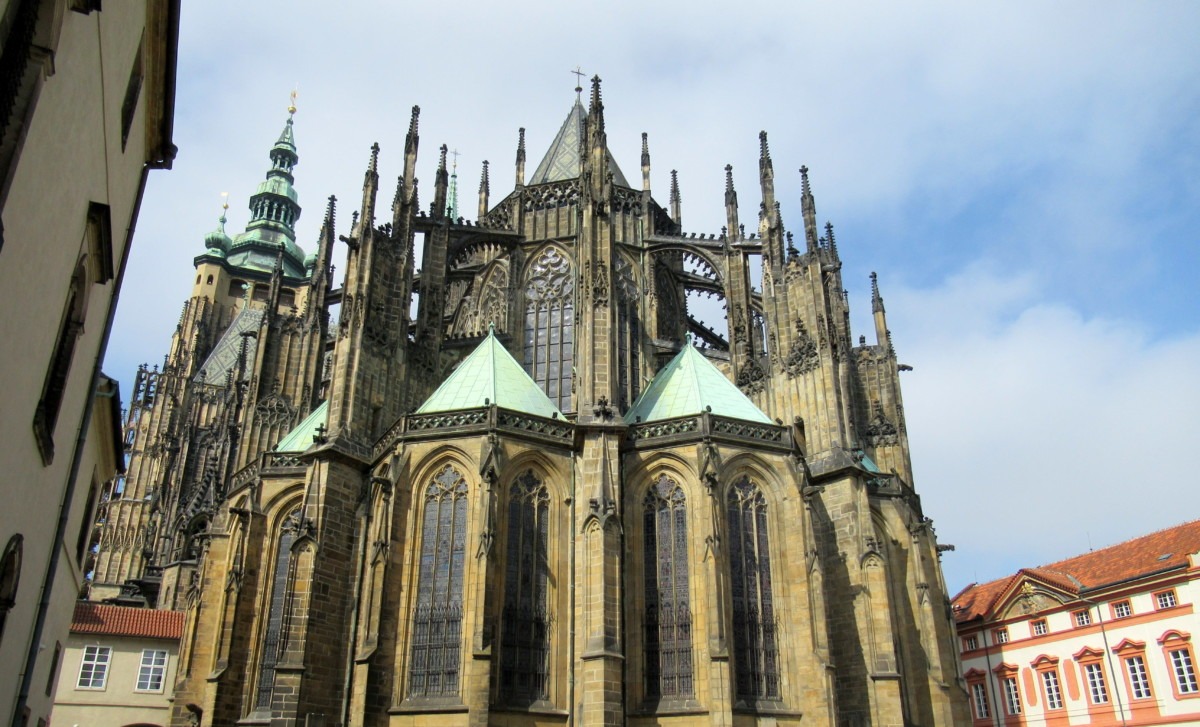
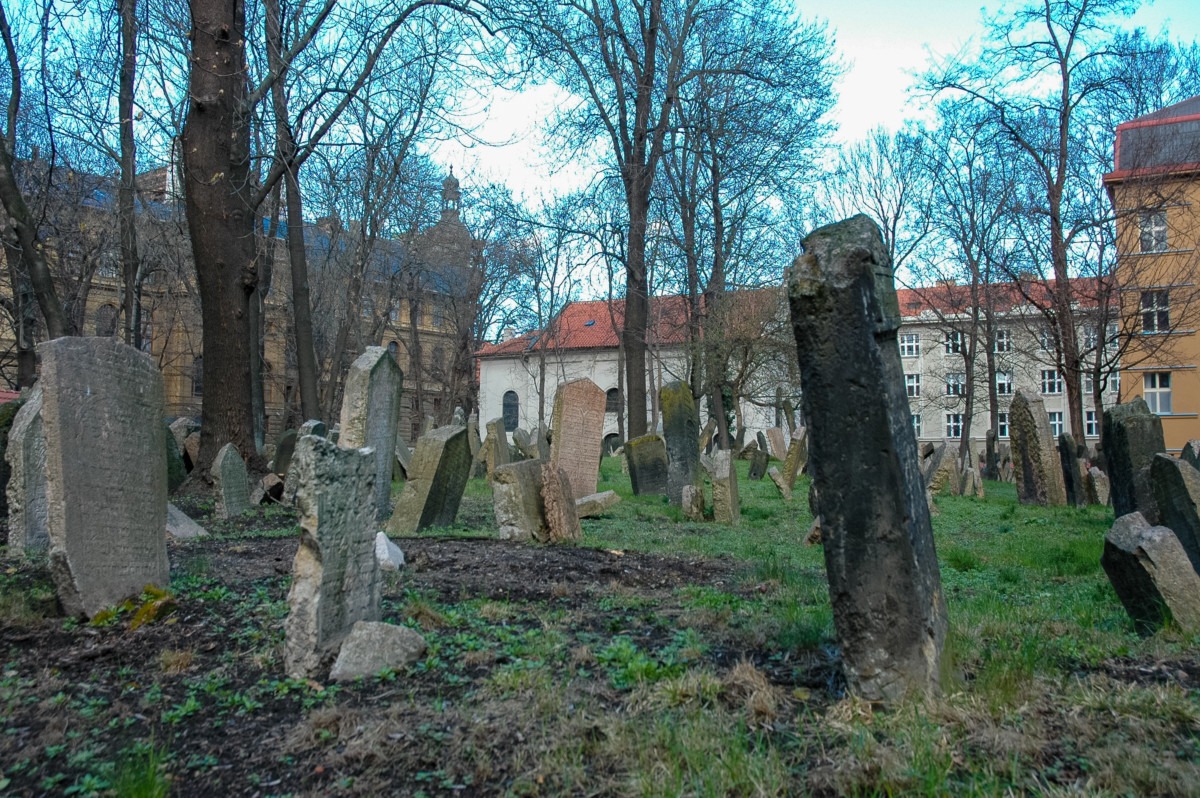
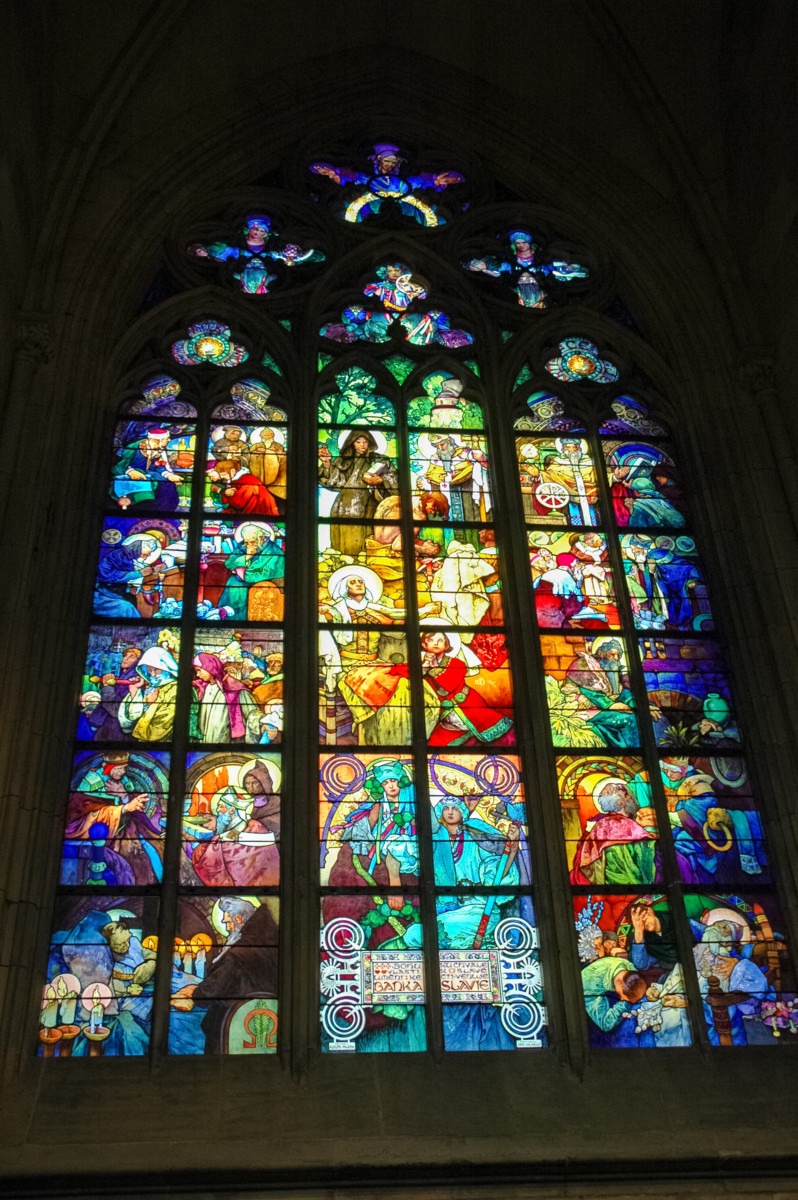

Start exploring the historic sites in Czechia now!
Fill in our contact form and we will reply to you as soon as possible. To speed the process up, we kindly ask you to specify:
- the number of travellers
- how many adults, how many children
- what kind of accommodation you would prefer (hotel, cottage, room type(s), etc.)
- the period/month of the year you want to travel in
- any other specific wishes
